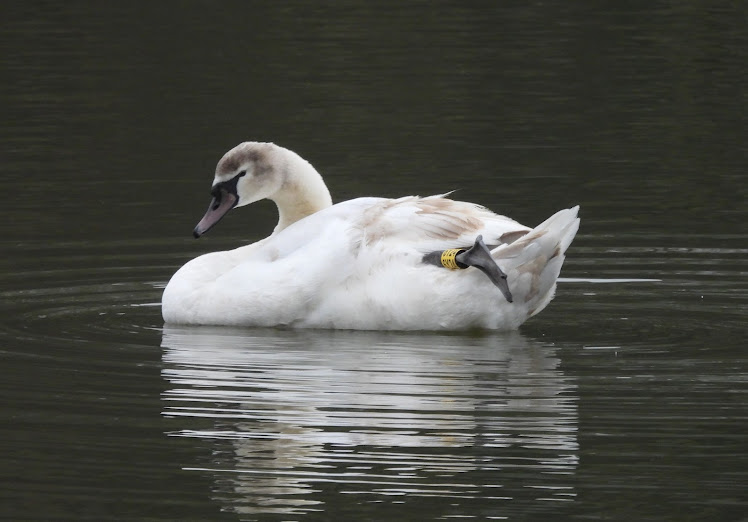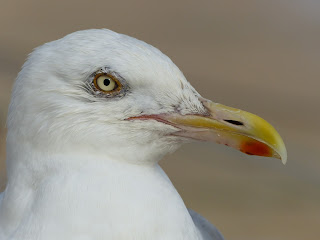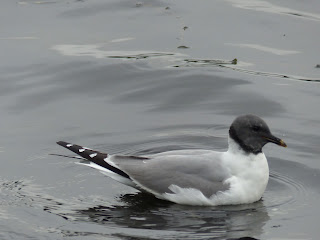Siskin
Siskins are annual winter visitors to Linacre, and may breed in the coniferous trees on site, but this has never been proven. Yesterday's bird was an adult male bird (thanks David and Ray for the help ageing), which was still undergoing it's post breeding moult, hence the slightly "scruffy" appearance of this bird's head. As I said, this is the first we've ever caught here, and it was a new species for me to ring. As well as this, it was also my first August record at Linacre.
Along with the Siskin, we also caught the following birds (new/retrap): Dunnock 3/0, Blackcap 8/2, Chiffchaff 6/1, Robin 1/0, Goldfinch 9/0, Wren 2/0, Willow Warbler 1/0, Long-tailed Tit 3/0, Blue Tit 9/1, Great Tit 6/0, Coal Tit 1/0, Blackbird 0/1, Chaffinch 1/0 and Nuthatch 1/3. The new Nuthatch was especially good for Paul, our visiting ringer, as this was the first one he'd ringed. One of the retrap Blackcaps was also good, as it was a young bird that we'd caught here at Linacre at the start of August. Always nice to retrap a bird and see that it's still going strong.
As the ringing was quite busy, we didn't have a lot of time to spot much else, but we did see 1 Red Admiral, a Cormorant and a Common Buzzard around the site.






















































